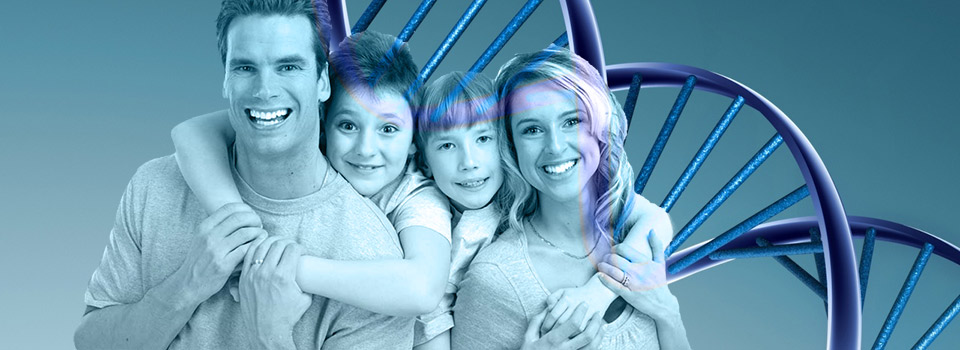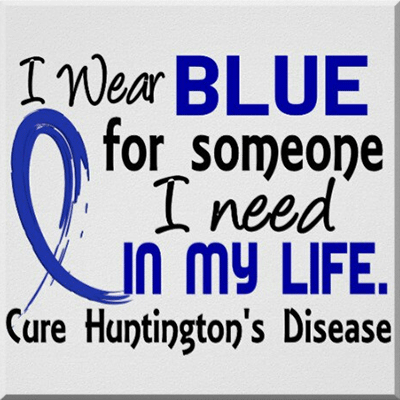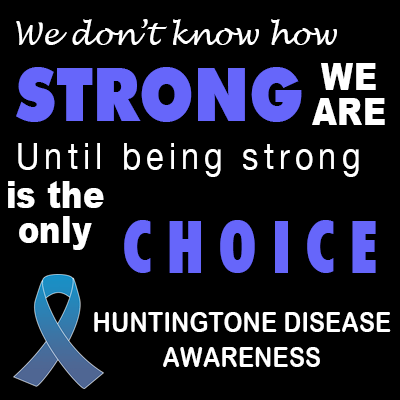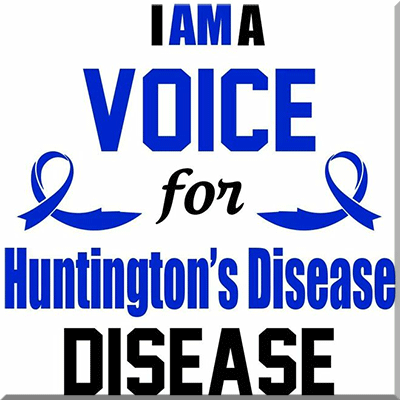Huntington's Disease
Huntington’s disease is an inherited disease that causes the progressive breakdown (degeneration) of nerve cells in the brain. Huntington’s disease has a broad impact on a persons functional abilities and usually results in movement, thinking (cognitive) and psychiatric disorders.
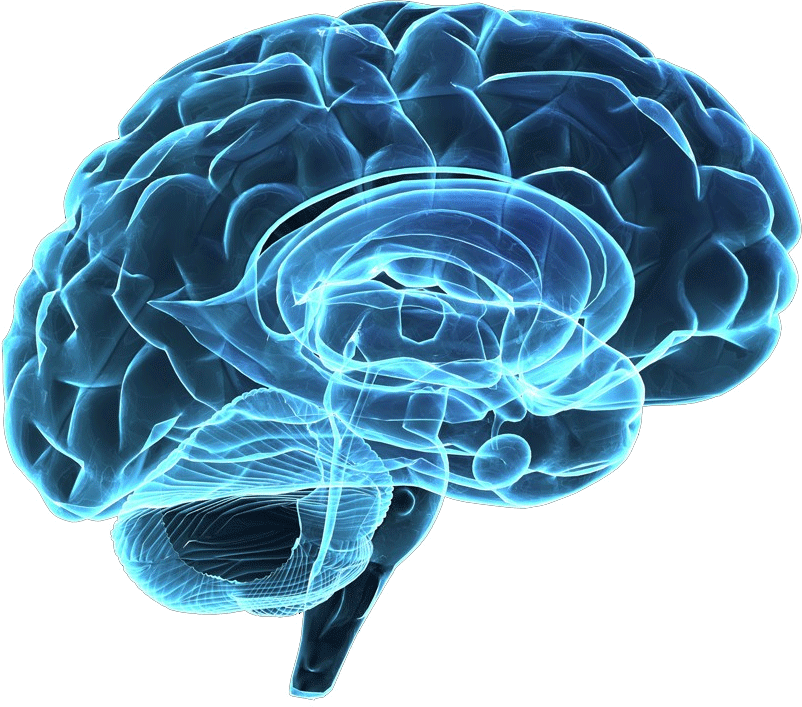
History of Huntington’s
Huntington’s Disease (HD) was first recognised as an inherited disorder in 1872, when a 22 year old American doctor, George Huntington, wrote a paper called On Chorea. His paper was later published in the Medical and Surgical Reporter of Philadelphia and the disorder he described became known as Huntington’s Chorea.
“Chorea” comes from the Latin and Greek words meaning chorus or a group of dances. The term was given to so many called “dancing disorders” that were noticed in the Middle Ages. In those days, people with chorea, the involuntary muscle jerks and twitches characteristic of HD, were often thought to be possessed by devils. It is believed that at least one of the alleged “witches” executed in Salem, Massachusetts in the 1690’s had HD. It is highly probably that other HD sufferers, were in the past confined to mental institutes rather than treated for their illness.
Today the term Huntington’s (or Huntington) Disease is more commonly used than Huntington’s Chorea.
Throughout the eighteenth and nineteenth centuries, chronic adult hereditary chorea was poorly understood because people who had the HD genes often died before the symptoms could develop. Now that we live longer, the HD gene has more time to express itself.
The discovery of the HD gene in 1993 was a major milestone in the history of HD. The scientific community had worked hard to find the gene and the process was long and tedious, requiring great patience and perseverance. However the job is not over until an effective treatment is found. The scientists working on HD today are passionately committed to finding a cure. It is hoped that one day researchers will find the answer to the puzzle of HD and support groups will no longer need to exist.
Until then, support groups worldwide will continue the need to raise money for research, support services and an improved awareness and understanding of HD in the wider community.
“Chorea” comes from the Latin and Greek words meaning chorus or a group of dances. The term was given to so many called “dancing disorders” that were noticed in the Middle Ages. In those days, people with chorea, the involuntary muscle jerks and twitches characteristic of HD, were often thought to be possessed by devils. It is believed that at least one of the alleged “witches” executed in Salem, Massachusetts in the 1690’s had HD. It is highly probably that other HD sufferers, were in the past confined to mental institutes rather than treated for their illness.
Today the term Huntington’s (or Huntington) Disease is more commonly used than Huntington’s Chorea.
Throughout the eighteenth and nineteenth centuries, chronic adult hereditary chorea was poorly understood because people who had the HD genes often died before the symptoms could develop. Now that we live longer, the HD gene has more time to express itself.
The discovery of the HD gene in 1993 was a major milestone in the history of HD. The scientific community had worked hard to find the gene and the process was long and tedious, requiring great patience and perseverance. However the job is not over until an effective treatment is found. The scientists working on HD today are passionately committed to finding a cure. It is hoped that one day researchers will find the answer to the puzzle of HD and support groups will no longer need to exist.
Until then, support groups worldwide will continue the need to raise money for research, support services and an improved awareness and understanding of HD in the wider community.
Treating Huntington’s Disease
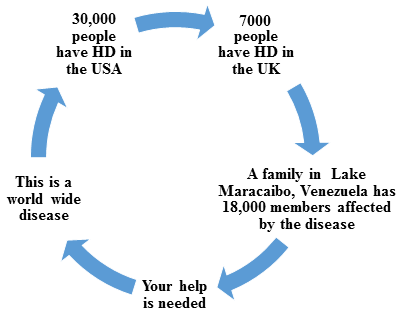
Onset typically occurs between the ages of
30 to 50
30 to 50
Caused by a mutataion in the HD gene
Expansion of the CAG trinucleotide repeat in the HTT gene causes Huntington's disease. Normally this segment is repeated 10-35 times, but individuals with HD have 36-120+ repeats
The most affected region
of the brain
is the striatum
of the brain
is the striatum
Brain may be reduced in size by as much as 25-30% in advanced Huntington's disease cases
There is no cure for Huntington’s disease and its progress cannot be reversed or slowed down. As the condition progresses, it will put a strain on family and relationships. Treatment for Huntington's disease aims to improve any mood disturbance; this is done to maintain skills used in daily living that can deteriorate over time. Medication can help manage some of the symptoms, such as irritability or excessive movement. Therapies such as speech and language therapy and occupational therapy can help with communication and day-to-day living.
Support is available for the family of a person with Huntington's disease. This includes, for example, testing family members who don't have any of the condition's features (manifest) to see whether they carry the gene, or help with choosing a suitable care home in advanced cases.
Huntington's disease usually progresses and gets worse over a 10-25 year period from when it first appears, before the person eventually dies from it. During the condition's later stages, the person will be totally dependent and need full time nursing care.
Death is usually from a secondary cause, such as heart failure, pneumonia or another infection.
Support is available for the family of a person with Huntington's disease. This includes, for example, testing family members who don't have any of the condition's features (manifest) to see whether they carry the gene, or help with choosing a suitable care home in advanced cases.
Huntington's disease usually progresses and gets worse over a 10-25 year period from when it first appears, before the person eventually dies from it. During the condition's later stages, the person will be totally dependent and need full time nursing care.
Death is usually from a secondary cause, such as heart failure, pneumonia or another infection.
Who’s affected by Huntington’s Disease.
Both men and women with a family history of Huntington's disease can inherit the condition. Symptoms usually start to appear during adulthood. Juvenile (children's) Huntington's disease develops before the age of 20. Only 5-10% of people with Huntington's disease develop it at a very young age, and the pattern of features may be different.
It was previously thought that 4-6 people in a population of 100,000 were affected by Huntington's disease. However, UK research carried out in 2012 found the actual figure for those affected by the condition to be about 12 people per 100,000. It is thought that the number of people who have the Huntington's gene and are not yet affected is about twice that of those who have symptoms.
It was previously thought that 4-6 people in a population of 100,000 were affected by Huntington's disease. However, UK research carried out in 2012 found the actual figure for those affected by the condition to be about 12 people per 100,000. It is thought that the number of people who have the Huntington's gene and are not yet affected is about twice that of those who have symptoms.
